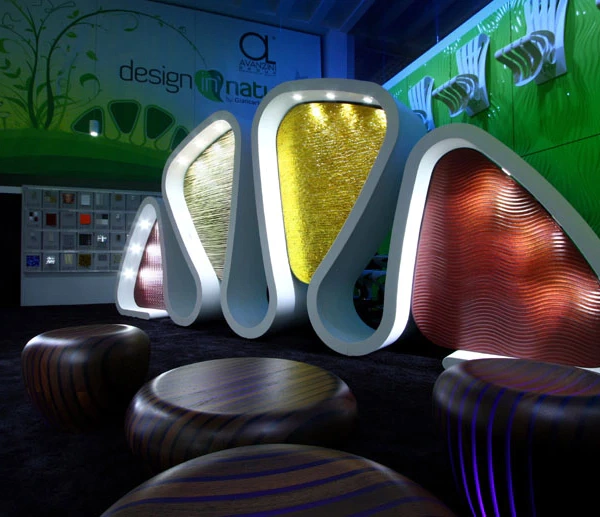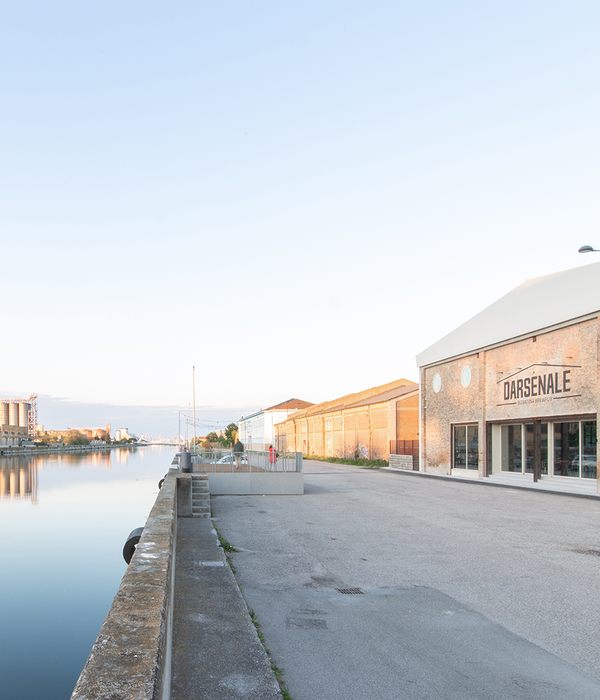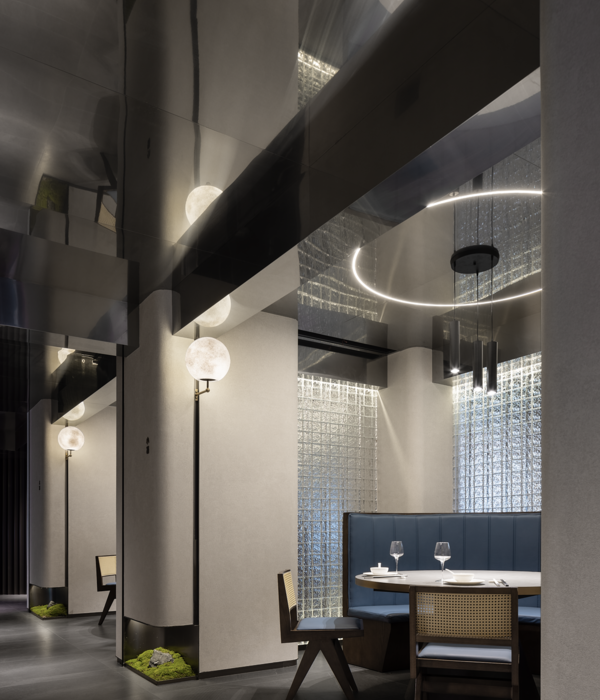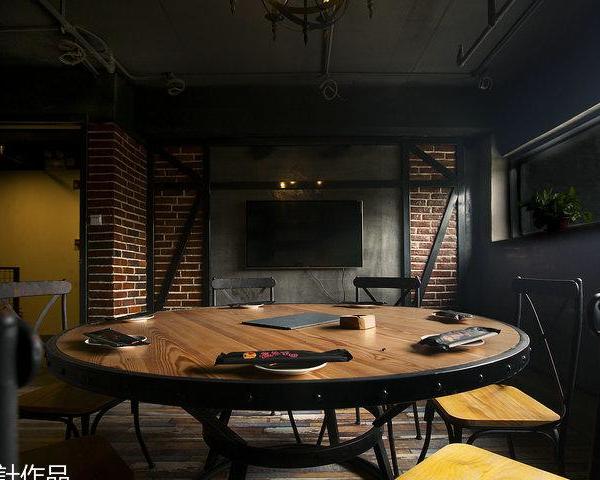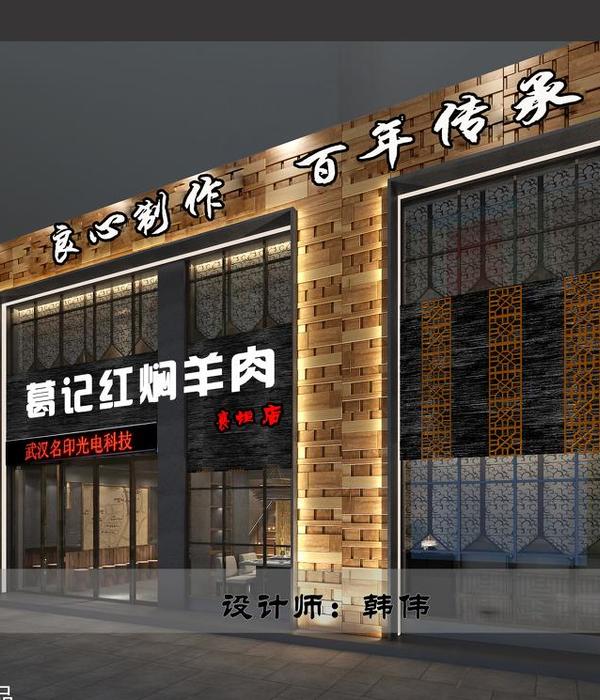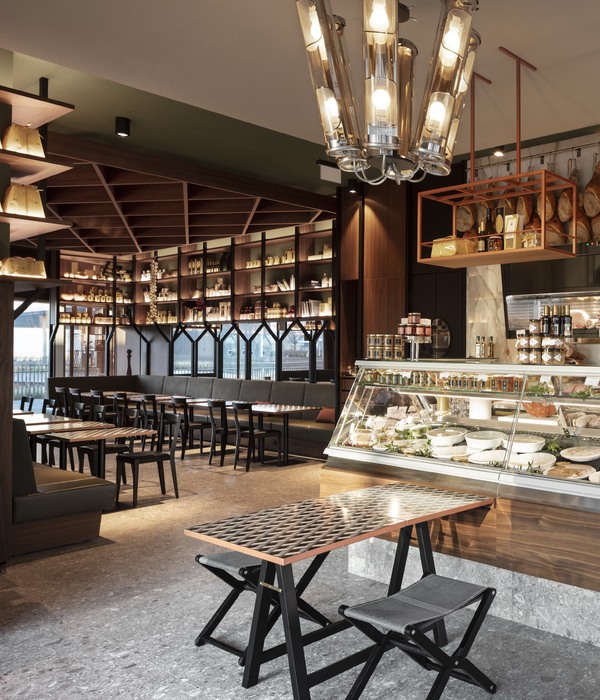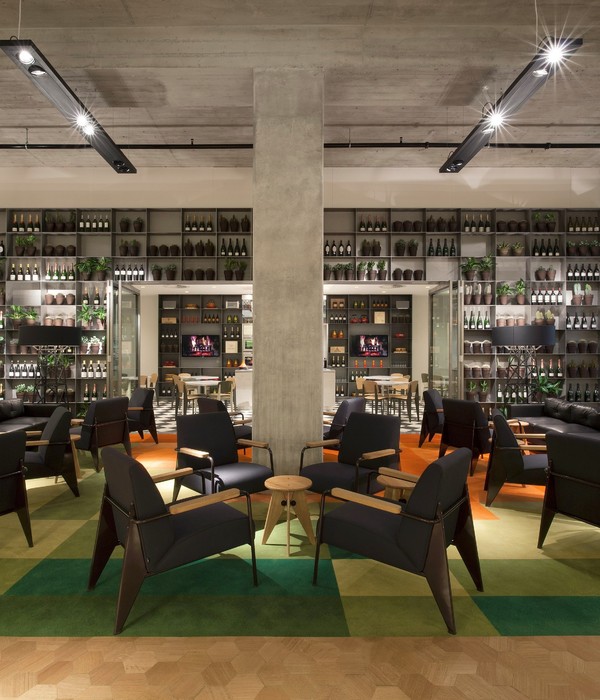Firm: Philippe SAMYN and PARTNERS, architects & engineers
Type: Commercial › Office
STATUS: Built
YEAR: 2014
SIZE: 10,000 sqft - 25,000 sqft
Photos: Marie-Françoise Plissart (9), BYL (5), Georges DE KINDER (4), Quentin Olbrechts (2), Simon SCHMITT (2), D. Ghislain (1), Philippe SAMYN and PARTNERS, architects & engineers (1)
Landscape approach
The building follows the route of the N4 highway, respecting the natural landforms. The building is standing on stilts and floating above the rolling landscape. This gives a better view from the E411 motorway and the N4. Its orientation is slightly off-kilter in terms of cardinal points (15°) although this guarantees an excellent amount of sunshine.
Pedestrian and automobile pathways enter from opposite ends of the grounds but come together again south of the building where the glazed entrance hall welcomes AGC staff and visitors.
Slipped under the offices following the natural gentle slope (1,5-2,5 %), the parking area is discreetly positioned under the building, preserving the surrounding landscape which is covered with greenery (mown lawns and meadows of flowers) and a scattering of fine oaks.
Natural light
The internal office layout, which is evenly plotted onto a square plan with sides of 81 m, is determined by the natural light and the quality of the views.
The duality between compactness (energy performances) and layout (visual comfort and well-being in the workplace) has resulted in the division of the plan into four wings, arranged around large exterior patios enlivened by wind, rain or sun.
84 % of workstations are positioned less than 4 m from the walls; 95 % enjoy an unobstructed outside view and 100 % of meeting rooms have both these features.
Peripheral glass facades are equipped with glass sun shades which automatically turn towards the sun. The light filtration provided by these slides is possible because their surfaces have been treated and printed with alternate bands of white, allowing the passage of diffused natural light.
All other openings are equipped with removable blinds consisted of bamboo wood. The coating for lightweight opaque spandrel glass, which has been well-insulated, maximises heat reflection through glass panels etched (on the outside) and enamelled (on the inside).
The gallery
Crosswise to the office wings, a gallery (or atrium) provides an obligatory route for everyone in the building; all of the services in the building converge at this point.
The generous size of the gallery - 10 m high, 13.5 m wide and 83.7 m long - makes it a ideal venue for various events: informal employee meetings, launch parties for the latest glass products, conferences at the foot of the great staircase (on tiered seats), external events etc. The gallery provides access to all the useful areas in the building: the reception desk and associated services, the restaurant with its terraces to the west, the conference centre and each of the eight office wings (to which access is controlled). Consisted with the environmental approach that prefers stairs to elevators, the new head office is spread over two levels.
Movement between interstages is comfortable and the elevator is rarely used.
The workplace
The floor deck covers 12.120 m² for 575 members of staff. The departmental organisation at AGC Glass is flexible and its interior design can keep pace with changes through open-plan areas, closed offices or separate wings if necessary. The same flexibility applies to meeting areas and restaurants where the space is divided up as stipulated in the blueprint, by using movable, acoustic partition walls.
It is possible to extend the new office by prolonging each office or meeting wing. On the other hand, the maximum possible subdivision would be eight autonomous, secure wings of between 575 and 800 m², still linked by and accessible from the gallery.
In the interests of user-friendliness in the workplace, the preference is to have open-plan areas to be on the south elevation. The shared spaces and meeting areas are strategically centralized or situated near a staircase or next to a terrace or patio with a particular view.
The conference centre brings together all the meeting rooms which can be independently managed and by this are available for other users than AGC. Each room is fitted with audiovisual equipment and enjoys natural light and outdoor views. The restaurant area stretches along the western elevation and opens up to the outdoors by large terraces. The room can comfortably accommodate 180 people and has a lounge bar. The kitchen, stocked with professional equipment, receives deliveries from a separate service lift and can cater simultaneously to the restaurant, the conference centre and the gallery (cocktail parties, standing buffets etc.). The decor gives each area a unique ambiance and character.
While the materials used on the outer facade are glass and metal, the interior is fitted out mainly in wood (floor, partition walls, furniture etc.).
AGC products
The project demonstrates numerous uses of glass-based products (vision glasses, enamelled and sand spandrel glass, LED glass, screen-printed glass, photovoltaic panels etc.) in a bid to showcase the AGC products as well as possible. The entrance to the building, in particular, is signposted by a large sculpture in glass.
The park
Given the hilly nature of Wallonia, the impact on the landscape is subtle. Vehicle access is a long a hollow path, dug into the landscape. The site is fenced in by hawthorn hedges that are impenetrable despite their modest height (1.5 m) and do not compromise the view of the AGC office. The main entrance is on the Avenue Jean Monnet side of the building and two further entrances are planned for pedestrians and cyclists arriving a long the public transport and from the town centre.
A variety of types of oak trees (quercus robur, petraea and pubescens) are particularly suited to the environment, which benefits from their reflected glory. The roofs of the patios are intensivly planted with evergreens (luzula sylvatica). The car park skylights make it possible to plant trees with light foliage at the heart of the building (prunus avium or tilia cordata). The evacuation of rain water is realised by some buffer zones whom ensure to reduce and regulate the discharges.
Near Zero Energy Building
In terms of energy performance, the aim for the building is to achieve zero energy. Energy saving, throughout (natural light, insulation etc.) the use of efficient materials (energy-saving circulation, regulation etc.) and reliance on renewable energy (photovoltaic panels, ground probes, heat pumps etc.) made it possible to do so. It has been certified by VALIDEO and/or BREEAM.
{{item.text_origin}}

